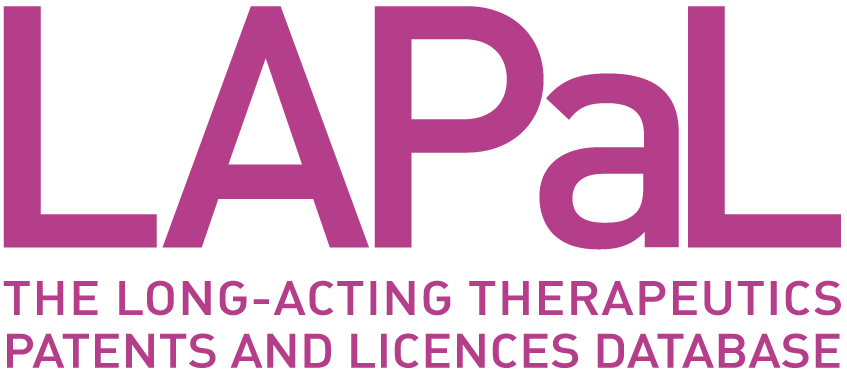
|
Developed by 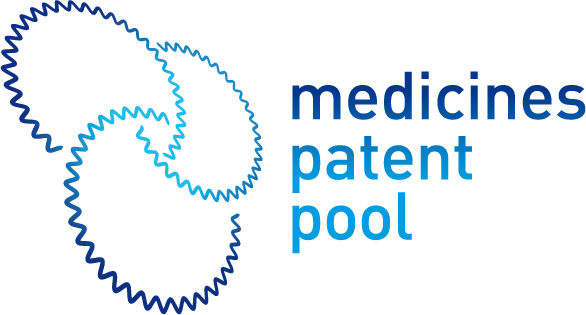

|
Supported by 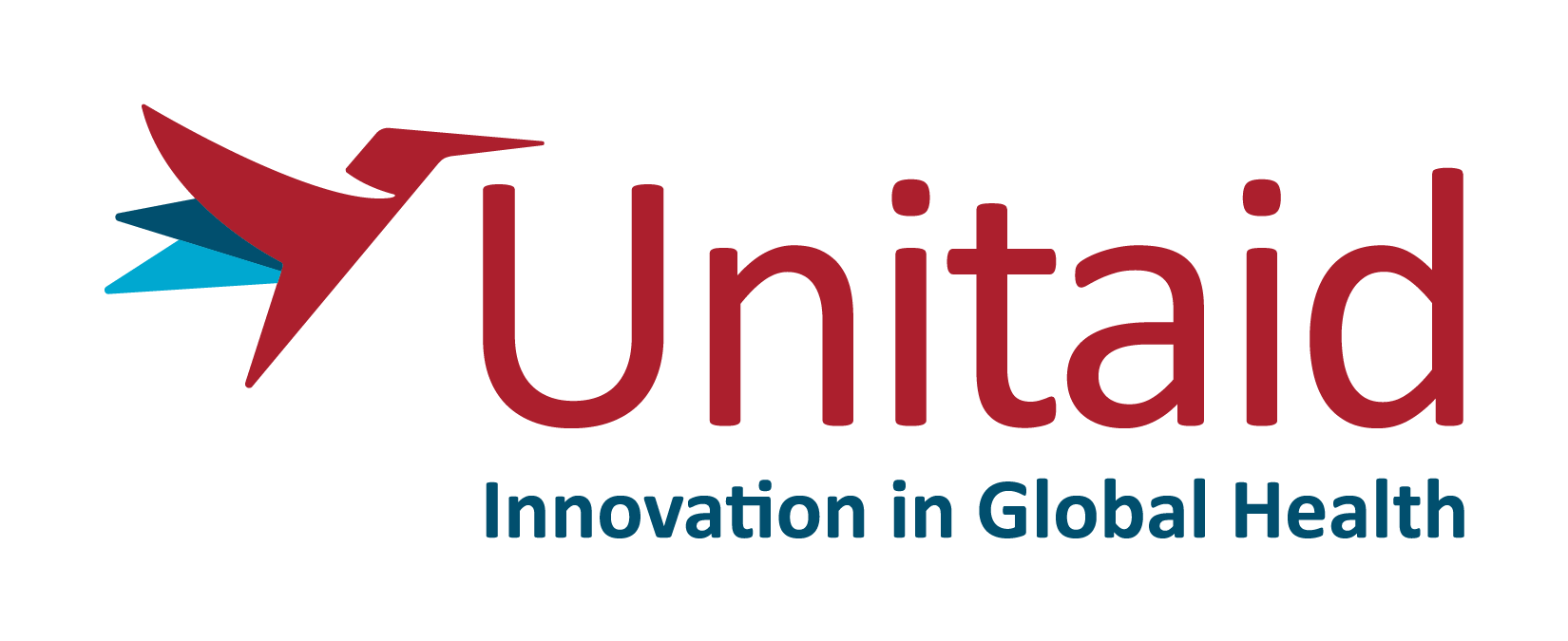
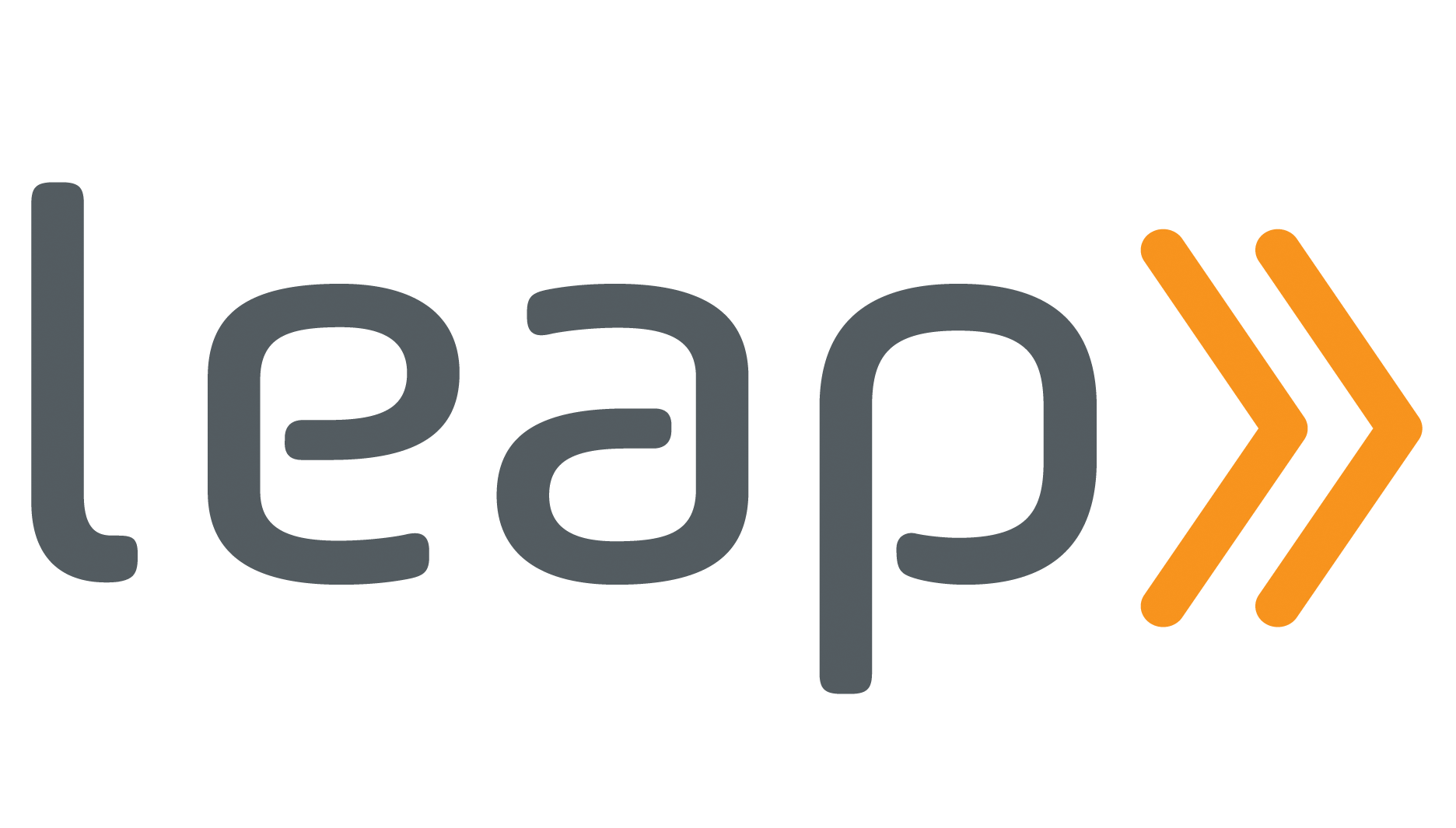
|
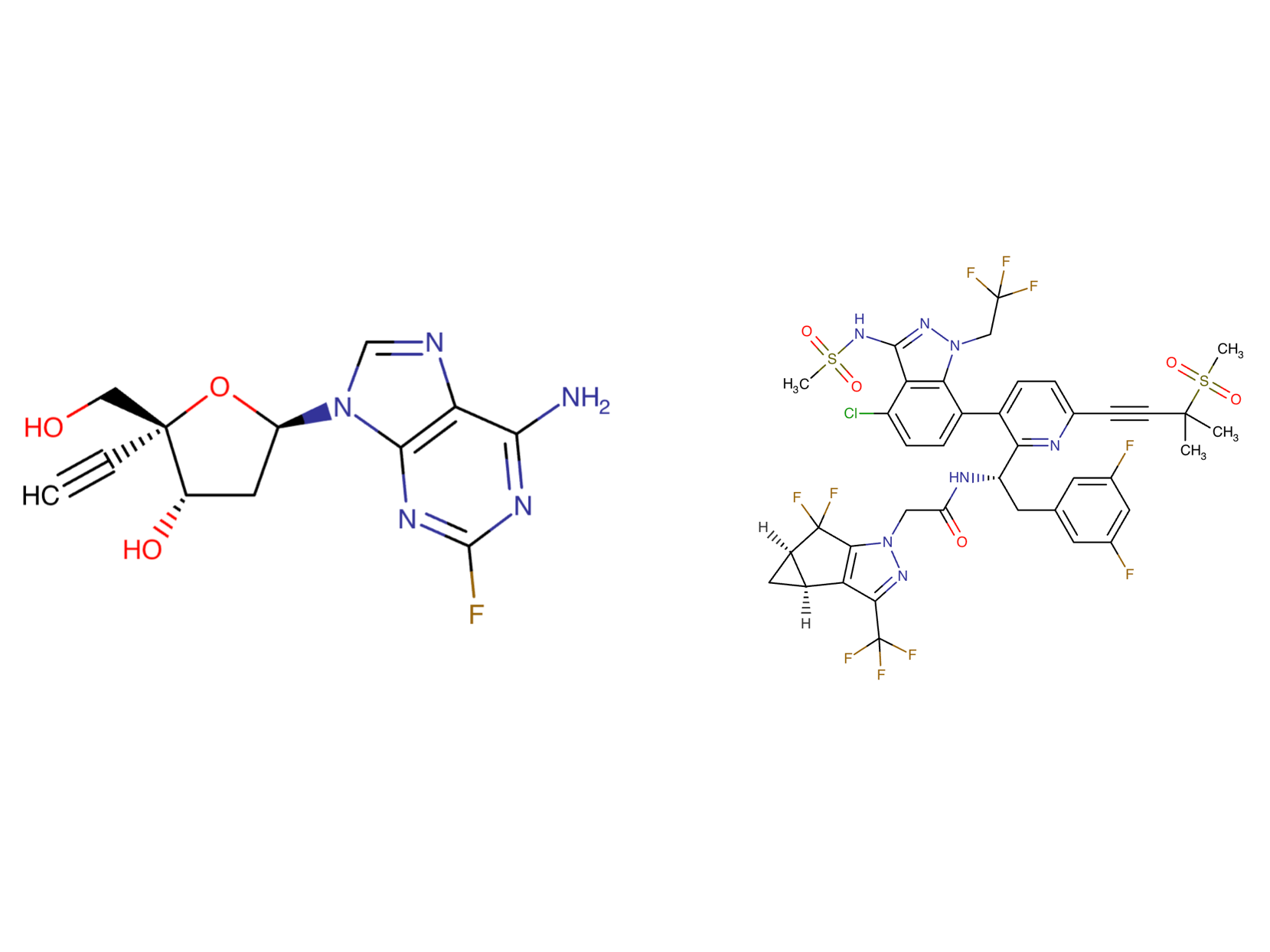
MK-8591D (Islatravir and Lenacapavir)
Developer(s)

|
Merck Originator
https://www.merck.com/
United States Merck & Co., Inc. is an American multinational pharmaceutical company known as Merck Sharp & Drone (MSD) in territories outside of the USA and Canada. Merck was originally established in 1891, and is headquartered in Rahway, New Jersey. The company is particularly well known for developing and manufacturing biologic therapies, vaccines, medicines and animal health products. |

|
Gilead Sciences Originator
https://www.gilead.com/
United States Gilead Sciences, Inc. is a multinational biopharmaceutical company that develops and manufactures innovative medicines for life-threatening diseases, including anti-viral therapeutics for HIV/AIDS, Hepatitis B, Hepatitis C and Covid-19. Headquartered in Foster City, California, Gilead was originally founded in 1987 and is currently listed on both the S&P 500 and the NASDAQ Biotechnology Index. |
Drug structure

Islatravir Chemical Structure
Sourced from DrugBank

Lenacapavir Chemical Structure
Sourced from DrugBank

Islatravir and Lenacapavir Chemical Structure
Composite Adapated from DrugBank
Drug information
Associated long-acting platforms
Oral solid form
Administration route
Oral
Therapeutic area(s)
Use case(s)
Use of drug
Ease of administration
User acceptance
Not provided
Dosage
Available dose and strength
fixed dose combination of 300 mg lenacapavir + 2 mg islatravir
Frequency of administration
Not provided
Maximum dose
Not provided
Recommended dosing regimen
investigational doses used: https://clinicaltrials.gov/study/NCT06630286
Additional comments
Not provided
Dosage link(s)
Not provided
Drug information
Generic name
Brand name
Compound type
Summary
Approval status
Regulatory authorities
Delivery device(s)
No delivery device
Scale-up and manufacturing prospects
Scale-up prospects
Lenacapavir is commercially manufactured by Gilead Sciences. Several synthetic chemical processes describing the manufacture of islatravir (ISL) have been published. However, these approaches have proved to be complex and highly inefficient, with marked difficulty in controlling 2’-deoxyribonucleoside anomer stereochemistry and the requirement for several protecting-group manipulations. To counter these issues, Merck developed a highly innovative and extraordinarily efficient approach utilising directed evolution to create a novel three-step biocatalytic cascade for ISL synthesis.
Tentative equipment list for manufacturing
Islatravir: EasyMax 102 and 402 equipped with FireStringO2 sensors and the EasySampler 1210 system. A thermal gas flow controller (Aalborg, USA) to monitor and control oxidation air-gas flow to the reactor, with a suitable compressed air-source. Lenacapavir: Stainless steel pharmaceutical reactors, glass-lined reactors, rotary evaporator (rotovap), flash chromatography columns, stainless steel autoclave, cooling bath, silica gel chromatography columns, vacuum distillation apparatus, simulated moving bed chromatography system, Chiralpak columns.
Manufacturing
For Islatravir synthesis, the automated lab reactor platforms EasyMax 102 and 402 (Mettler-Toledo AG, AutoChem, Switzerland) were utilised by Merck for reaction scale-up. Although ISL+LEN is currently being evaluated as a fixed-dose oral regimen, future studies may permit LEN to be administered via subcutaneous injection. In this instance, storage of injectable lenacapavir in borosilicate vials is contraindicated due to issues with chemical compatibility. Instead, it is recommended that vials are made from aluminosilicate glass.
Specific analytical instrument required for characterization of formulation
Islatravir: 400 MHz Briker AVANCE III and 500MHz Bruker Ultrashield spectrometer (or equivalent) for 1H, 19F, 31P and 13C NMR. An Accurate-Mass Time-of-Flight (TOF) high resolution mass spectrometer. Molecular Devices plate reader Spectra Max Plus for Spectrophotomeric analyses, alongside a Perkin Elmer polarimeter with a PCB 1500 water Peltier system for optical rotation measurements. Lenacapavir: Proton nuclear magnetic resonance (1H NMR), High-performance liquid chromatography (HPLC), Ultra-Performance Liquid Chromatography (UPLC).
Clinical trials
GS-US-563-6041
Identifier
NCT05052996
Link
https://clinicaltrials.gov/study/NCT05052996
Phase
Phase II
Status
Completed
Sponsor
Gilead Sciences
More details
The primary objective of this study is to evaluate the efficacy of oral weekly islatravir (ISL) in combination with lenacapavir (LEN) in virologically suppressed people with HIV (PWH) at Week 24.
Purpose
Study Evaluating the Safety and Efficacy of Islatravir in Combination With Lenacapavir in Virologically Suppressed People With HIV
Interventions
Intervention 1
Intervention 2
Countries
Sites / Institutions
Not provided
Trials dates
Anticipated Start Date
Not provided
Actual Start Date
2021-10-05
Anticipated Date of Last Follow-up
2024-12-19
Estimated Primary Completion Date
Not provided
Estimated Completion Date
2027-11-01
Actual Primary Completion Date
2023-12-19
Actual Completion Date
Not provided
Studied populations
Age Cohort
- Adults
- Older Adults
Genders
- All
Accepts pregnant individuals
No
Accepts lactating individuals
No
Accepts healthy individuals
No
Comments about the studied populations
Key Inclusion Criteria: - Received bictegravir/emtricitabine/tenofovir alafenamide (B/F/TAF) for ≥ 24 weeks at screening. - Documented plasma human immunodeficiency virus type 1 (HIV-1) ribonucleic acid (RNA) < 50 copies/mL (or undetectable HIV-1 RNA level according to the local assay being used if the limit of detection is ≥ 50 copies/mL) for ≥ 24 weeks before and at screening. - Plasma HIV-1 RNA < 50 copies/mL at screening. Key Exclusion Criteria: * History of prior virologic failure while receiving treatment for HIV-1. * Prior use of, or exposure to, islatravir (ISL) or lenacapavir (LEN). * Active, serious infections requiring parenteral therapy < 30 days before randomization.
Health status
Study type
Interventional (clinical trial)
Enrollment
142
Allocation
Randomized
Intervention model
Parallel Assignment
Intervention model description
Not provided
Masking
Open label
Masking description
None (Open Label)
Frequency of administration
Studied LA-formulation(s)
Studied route(s) of administration
Use case
Treatment
Key resources
ISLEND-1
Identifier
NCT06630286
Link
https://clinicaltrials.gov/study/NCT06630286
Phase
Phase III
Status
Completed
Sponsor
Gilead Sciences
More details
Recruitment complete. MSD reported on April 24, 2025 "partial clinical hold for higher doses of islatravir than those used in current clinical trials". The goal of this clinical study is to learn about the safety and efficacy of switching to once weekly tablet of islatravir/lenacapavir (ISL/LEN) regimen versus continuing standard treatment of bictegravir/emtricitabine/tenofovir alafenamide (B/F/TAF) in people with human immunodeficiency virus (PWH) who are virologically suppressed (HIV-1 RNA levels \< 50 copies/mL) on B/F/TAF for ≥ 6 months prior to screening. The primary objective is to evaluate the efficacy of switching to oral weekly ISL/LEN tablet regimen versus continuing B/F/TAF in virologically suppressed PWH at Week 48.
Purpose
Study to Compare an Oral Weekly Islatravir/Lenacapavir Regimen With Bictegravir/Emtricitabine/Tenofovir Alafenamide in Virologically Suppressed People With HIV-1
Interventions
Intervention 1
Intervention 2
Countries
Sites / Institutions
Not provided
Trials dates
Anticipated Start Date
Not provided
Actual Start Date
2024-10-09
Anticipated Date of Last Follow-up
2025-03-31
Estimated Primary Completion Date
2026-06-01
Estimated Completion Date
2030-08-01
Actual Primary Completion Date
Not provided
Actual Completion Date
Not provided
Studied populations
Age Cohort
- Adults
- Older Adults
Genders
- All
Accepts pregnant individuals
Unspecified
Accepts lactating individuals
Unspecified
Accepts healthy individuals
No
Comments about the studied populations
Key Inclusion Criteria: - HIV-1 RNA < 50 copies/mL for ≥ 6 months before screening, as documented by: 1. One HIV-1 RNA < 50 copies/mL immediately preceding the 24 week period prior to screening. 2. Within 24 weeks prior to screening, if HIV-1 RNA results are available, all levels must be < 50 copies/mL. 3. During the 6 to 12 months period prior to screening, transient detectable viremia ≥ 50 copies/mL is acceptable ("blip"), as long as it is not confirmed on 2 consecutive visits. - Plasma HIV-1 RNA levels < 50 copies/mL at screening. - Individuals are receiving B/F/TAF for ≥ 6 months prior to screening and willing to continue until Day 1. - Individuals assigned female at birth and of childbearing potential who engage in heterosexual intercourse must agree to use contraception.
Health status
Study type
Interventional (clinical trial)
Enrollment
600
Allocation
Randomized
Intervention model
Parallel Assignment
Intervention model description
Not provided
Masking
Double-blind masking
Masking description
Double (Participant, Investigator)
Frequency of administration
Studied LA-formulation(s)
Studied route(s) of administration
Use case
Treatment
Key resources
ISLEND-2
Identifier
NCT06630299
Link
https://clinicaltrials.gov/study/NCT06630299
Phase
Phase III
Status
Completed
Sponsor
Gilead Sciences
More details
Recruitment complete. MSD reported on April 24, 2025 "partial clinical hold for higher doses of islatravir than those used in current clinical trials". The goal of this clinical study is to learn more about the safety and efficacy of switching to a once weekly tablet of islatravir/lenacapavir (ISL/LEN) regimen versus continuing standard of care treatment in PWH who are virologically suppressed (HIV-1 RNA levels \< 50 copies/mL) on a stable standard of care regimen for ≥ 6 months prior to screening. The standard of care includes 2 or 3 medicines, antiretroviral agents (ARVs). The primary objective of the study is to evaluate the efficacy of switching to oral weekly ISL/LEN tablet regimen versus continuing standard of care in virologically suppressed
Purpose
Study to Compare an Oral Weekly Islatravir/Lenacapavir Regimen With Standard of Care in Virologically Suppressed People With HIV-1
Interventions
Intervention 1
Intervention 2
Countries
Sites / Institutions
Not provided
Trials dates
Anticipated Start Date
Not provided
Actual Start Date
2024-10-08
Anticipated Date of Last Follow-up
2025-04-16
Estimated Primary Completion Date
2027-06-01
Estimated Completion Date
2030-08-01
Actual Primary Completion Date
Not provided
Actual Completion Date
Not provided
Studied populations
Age Cohort
- Adults
- Older Adults
Genders
- All
Accepts pregnant individuals
Unspecified
Accepts lactating individuals
Unspecified
Accepts healthy individuals
No
Comments about the studied populations
Key Inclusion Criteria: - HIV-1 RNA < 50 copies/mL for ≥ 6 months before screening, as documented by: 1. One HIV-1 RNA < 50 copies/mL immediately preceding the 24 weeks period prior to screening. 2. Within 24 weeks prior to screening, if HIV-1 RNA results are available, all levels must be < 50 copies/mL. 3. During the 6 to 12 months period prior to screening, transient detectable viremia ≥ 50 copies/mL is acceptable ("blip") as long as it is not confirmed on 2 consecutive visits. - Plasma HIV-1 RNA levels < 50 copies/mL at screening. - Are receiving guideline-recommended standard of care treatment such as International Antiviral Society (IAS), Department of Health and Human Services (DHHS), European AIDS Clinical Society (EACS) consisting of 2 or 3 ARVs for ≥ 6 months.
Health status
Study type
Interventional (clinical trial)
Enrollment
600
Allocation
Randomized
Intervention model
Parallel Assignment
Intervention model description
Not provided
Masking
Open label
Masking description
None (Open Label)
Frequency of administration
Studied LA-formulation(s)
Studied route(s) of administration
Use case
Treatment
Key resources
Excipients
Proprietary excipients used
No proprietary excipient used
Novel excipients or existing excipients at a concentration above Inactive Ingredients Database (IID) for the specified route of administration
No novel excipient or existing excipient used
Residual solvents used
No residual solvent used
Patent info
There are either no relevant patents or these were not yet submitted to LAPaL
Supporting material
Publications
Amy E Colson, Gordon E Crofoot, Peter J Ruane, Moti N Ramgopal, Alexandra W Dretler, Ronald G Nahass, Gary I Sinclair, Mezgebe Berhe, Fadi Shihadeh, Shan-Yu Liu, Stephanie Klopfer, Sharline Madera, Hadas Dvory-Sobol, Martin Rhee, Elizabeth G Rhee, Jared Baeten, Joseph J Eron, 577. Week 48 Results of a Phase 2 Study Evaluating Once-weekly Oral Islatravir Plus Lenacapavir, Open Forum Infectious Diseases, Volume 12, Issue Supplement_1, February 2025, ofae631.015, https://doi.org/10.1093/ofid/ofae631.015
Both islatravir (ISL), a nucleotide reverse transcriptase translocation inhibitor, and lenacapavir (LEN), a capsid inhibitor, have potent anti-HIV-1 activity and pharmacokinetic profiles permitting once-weekly oral dosing. Week (W) 24 data (primary endpoint) from the current Phase 2 study were previously reported (CROI 2024); weekly oral ISL 2 mg + LEN 300 mg maintained high rates of viral suppression (HIV-1 RNA < 50 copies/mL) with no clinically relevant decreases in CD4+ T-cells or lymphocytes, which had been previously observed with higher ISL doses. Here, we report W48 results.
In this Phase 2, randomized, open-label, active-controlled study (NCT05052996), virologically suppressed adults on bictegravir/emtricitabine/tenofovir alafenamide (B/F/TAF) were randomized 1:1 to receive weekly oral ISL 2 mg + LEN 300 mg or to continue daily B/F/TAF. Virologic outcomes (using FDA-defined snapshot algorithm), adverse events (AEs), CD4+ T-cells, and lymphocytes were assessed.
Additional documents
Useful links
Access principles
|
|
Collaborate for developmentConsider on a case by case basis, collaborating on developing long acting products with potential significant public health impact, especially for low- and middle-income countries (LMICs), utilising the referred to long-acting technology Not provided |
|
|
Share technical information for match-making assessmentProvide necessary technical information to a potential partner, under confidentiality agreement, to enable preliminary assessment of whether specific medicines of public health importance in LMICs might be compatible with the referred to long-acting technology to achieve a public health benefit Not provided |
|
|
Work with MPP to expand access in LMICsIn the event that a product using the referred to long-acting technology is successfully developed, the technology IP holder(s) will work with the Medicines Patent Pool towards putting in place the most appropriate strategy for timely and affordable access in low and middle-income countries, including through licensing Not provided |
Comment & Information
Update from MSD, May 2025: MK-8591D is on FDA partial clinical hold for higher doses of islatravir than those used in current clinical trials. (https://www.msd.com/research/product-pipeline/)